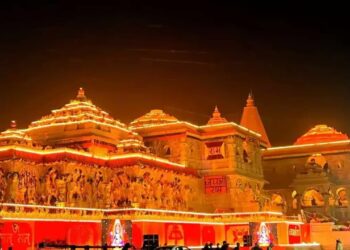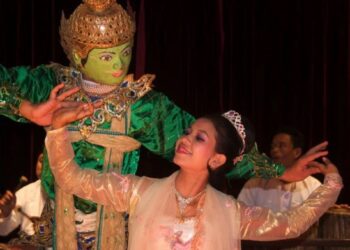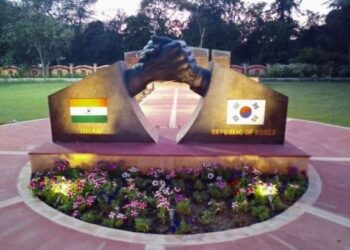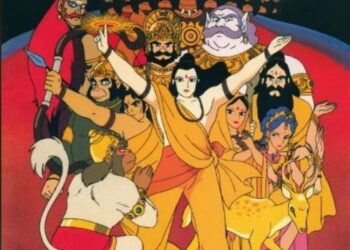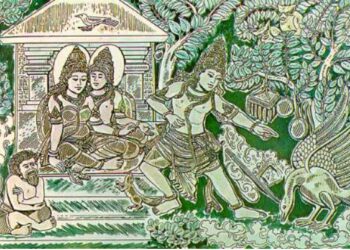The Ramakien (รามเกียรติ์), Thailand’s national epic, stands as a testament to the rich cultural heritage of the country, weaving together elements from the Indian Ramayana with the fabric of Thai culture, traditions, and beliefs. Its origins date back to as early as the 13th century, but the story as it exists today is largely shaped by the work of King Rama I in 1797 and a subsequent adaptation for the Khon performance by King Rama II.
Historical Roots and Influences
King Rama VI played a pivotal role in introducing the study of the Ramayana to Thailand. By tracing the sources of the Ramakien, he identified influences from the Sanskrit Valmiki Ramayana, the Vishnu Purana, and Hanuman Nataka—all rooted in Hinduism. Unfortunately, many versions of the epic were lost during the destruction of Ayutthaya in 1767. Presently, three versions exist, one of which was supervised and partly written by King Rama I in 1797.
Thai Adaptation and Integration
The Ramakien was not a mere translation of the Indian epic but a meticulous adaptation to the Thai context. Clothing, weapons, topography, and nature were described in a distinctly Thai style.
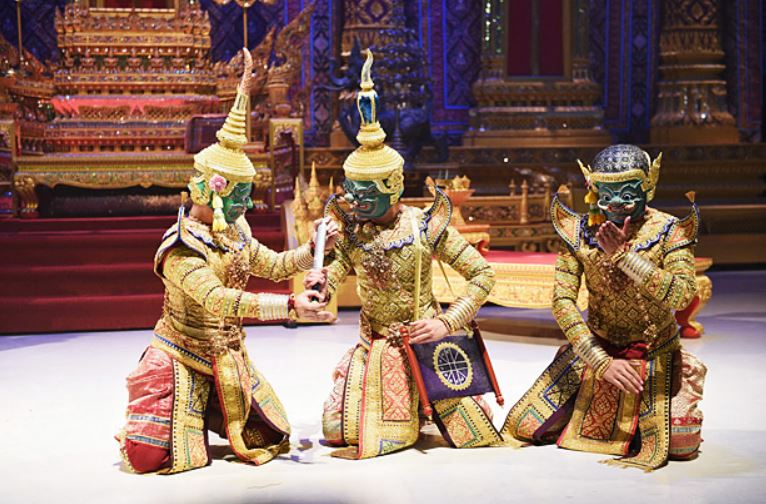
As a Theravada Buddhist society, Thailand integrated Buddhist history from the Ramakien, creating a unique creation myth and incorporating spirits that complement Thai animism beliefs.
Cultural Exchange and Adoption
The Indian cultural influence, including the Hindu epic Ramayana, reached Southeast Asia through Buddhist missionaries, Indian traders, and scholars interacting with Khmer kingdoms and Srivijaya. The Thai people adopted components of Indianized culture, with the Ramakien becoming a crucial part of their literary and cultural landscape.
Versions and Preservation
The first written version of the Ramakien in the 18th century, during the Ayutthaya Kingdom, was followed by the loss of most editions during the city’s destruction in 1767. The recognized version today was compiled under King Rama I’s supervision. He also initiated the construction of the Thai Grand Palace in Bangkok, adorned with paintings illustrating Ramakien stories, emphasizing its cultural significance.
Khon Dance and Theater Performances
Khon, a traditional Thai dance drama, is a vibrant expression of the Ramakien. Combining intricate choreography, ornate costumes, and elaborate masks, Khon brings the epic to life on stage.
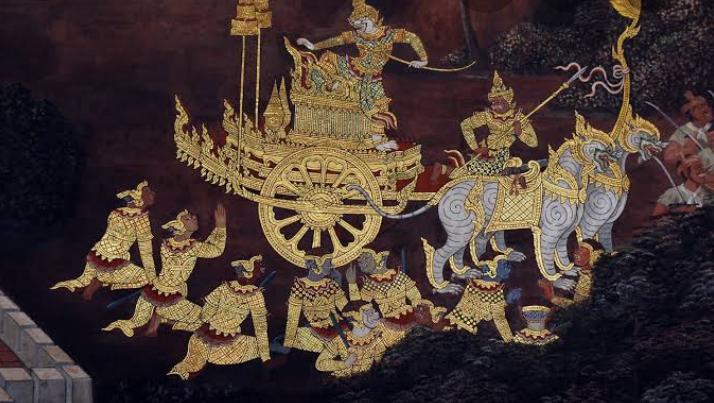
Historical and mythological themes, especially scenes from the Ramakien, are often showcased in these performances. The Ramakien’s enduring significance is celebrated through Khon, contributing to the preservation and transmission of Thai cultural heritage.
Unique Character Emphasis and Interpretation
The Thai adaptation, often referred to as the Thai Ramayana, places particular emphasis on the character of Hanuman. Unlike the Indian Ramayana, the Ramakien showcases Hanuman’s wit and loyalty in a distinctive manner. Additionally, the portrayal of the antagonist Ravana deviates from the traditional villain archetype, presenting him as a tragic figure rather than purely evil.
Plot and Characters
The Ramakien mirrors the tales of the Ramayana but is transferred to the topography and culture of Ayutthaya. The narrative revolves around Phra Narai’s reincarnation as Phra Ram and his quest to rescue Nang Sida from Thotsakan, the king of the rakshasas of Lanka. The story is divided into three logical parts: the origins of the main characters, the dramatic events leading to Thotsakan’s fall, and the aftermath.
Cultural Legacy
The Ramakien has become an integral part of Thai culture, taught in schools and considered a masterpiece of Thai literature. Its intricate storytelling and vivid characters make it a timeless masterpiece that reflects the cultural fusion of Thai society. The divine and human characters, along with the intricate plot, contribute to the enduring impact of the Ramakien on literature, art, and drama in Thailand. Its continued presence in Thai schools ensures its legacy for generations to come, solidifying its place as a national epic that transcends time and cultural boundaries.


